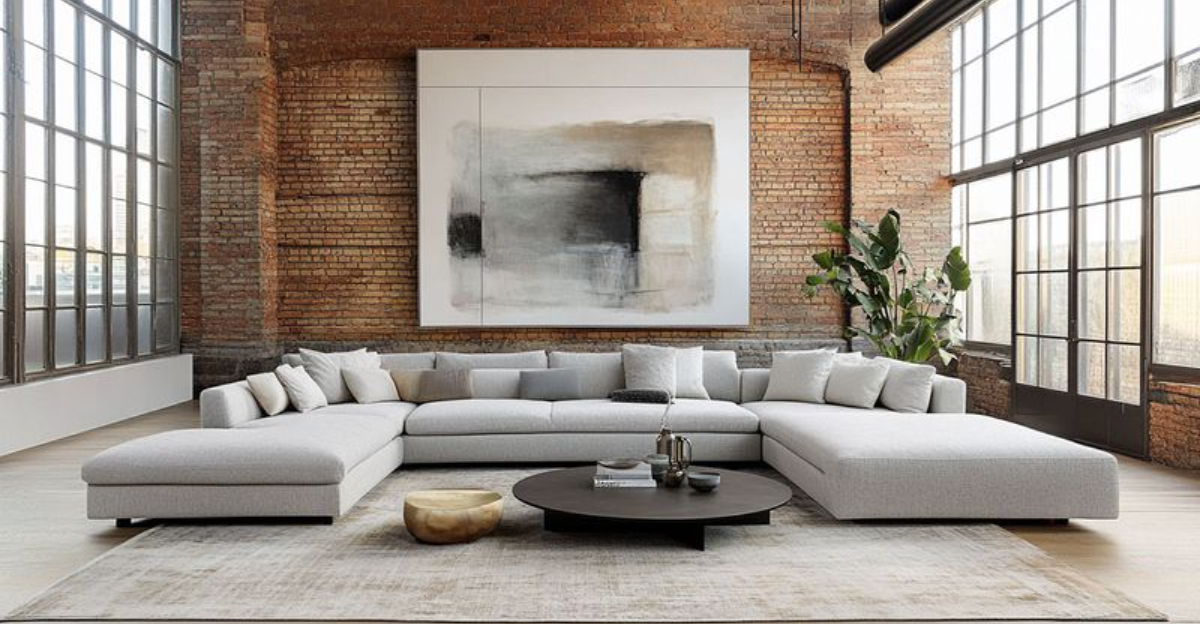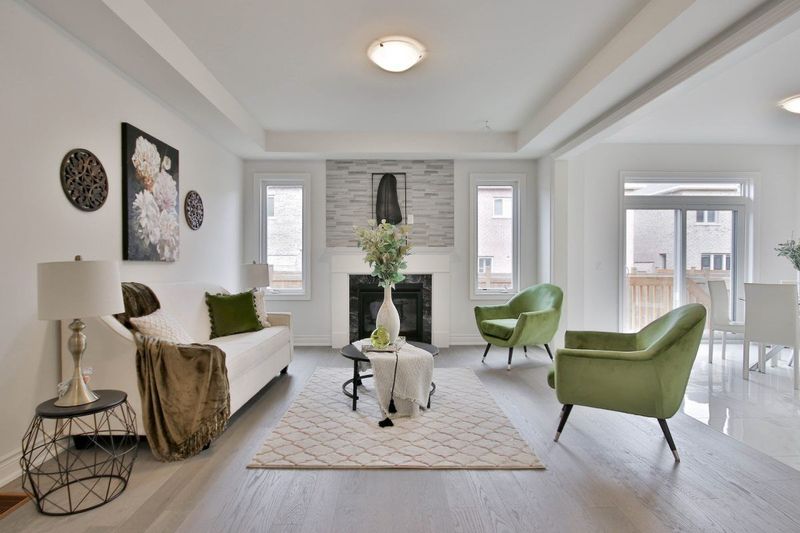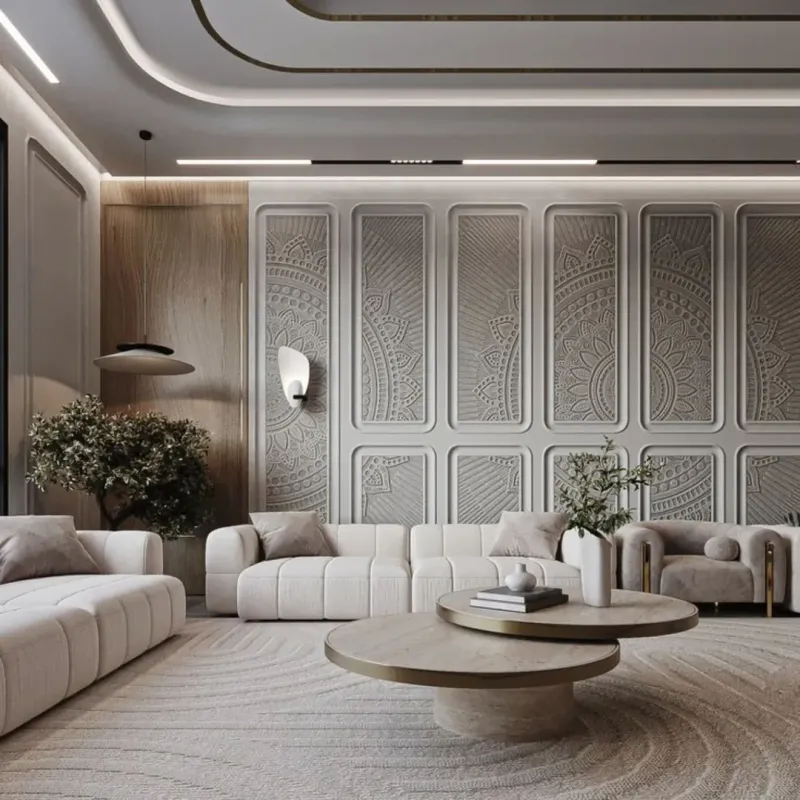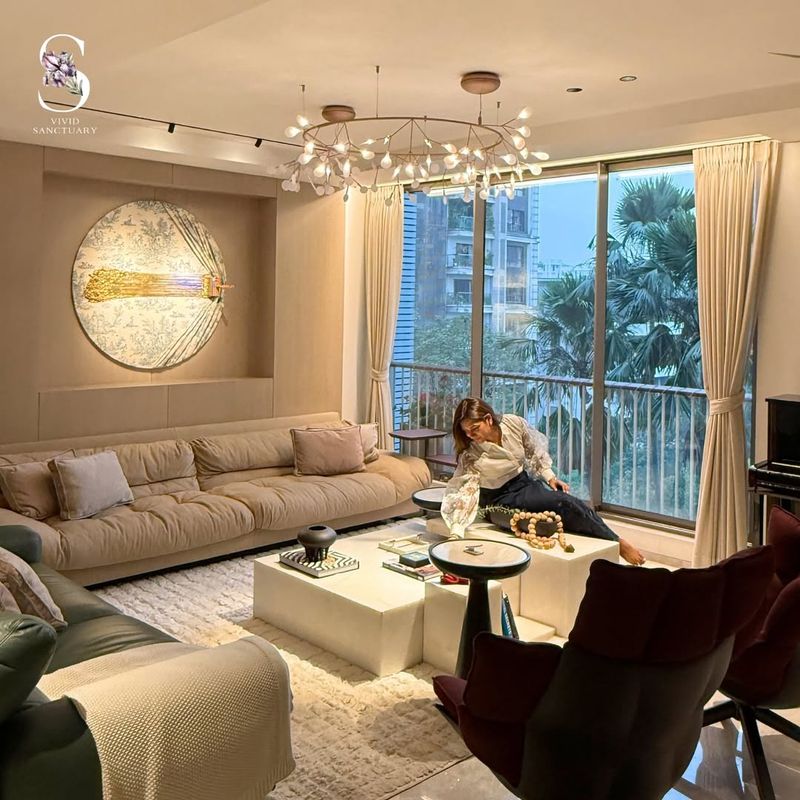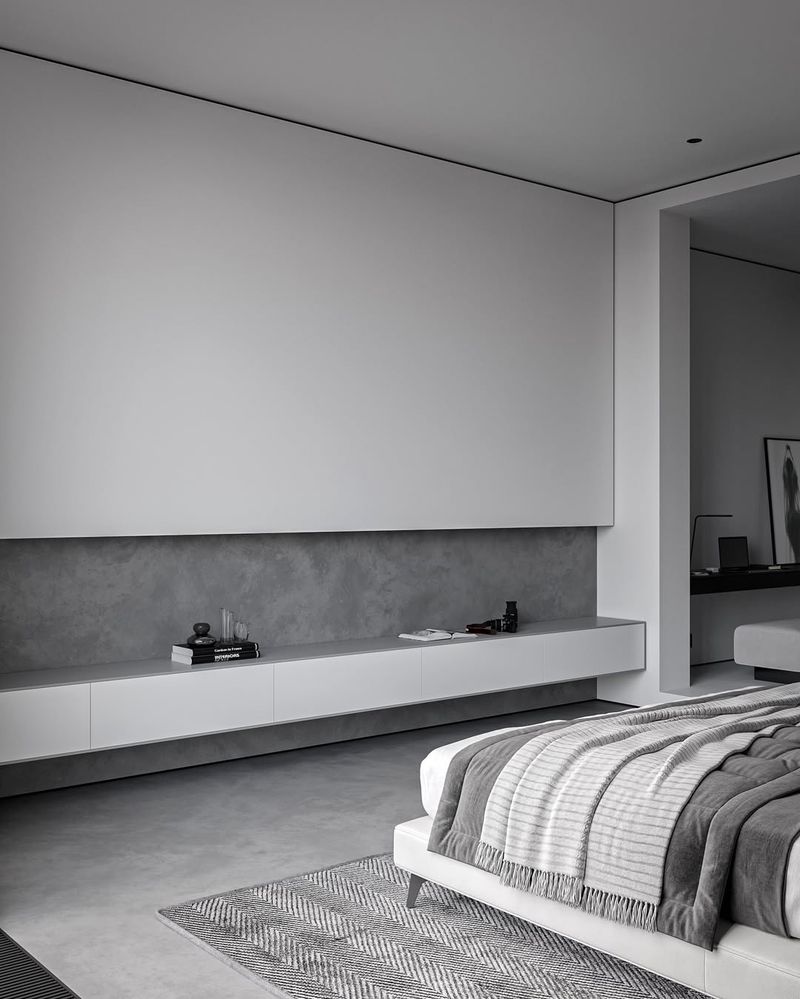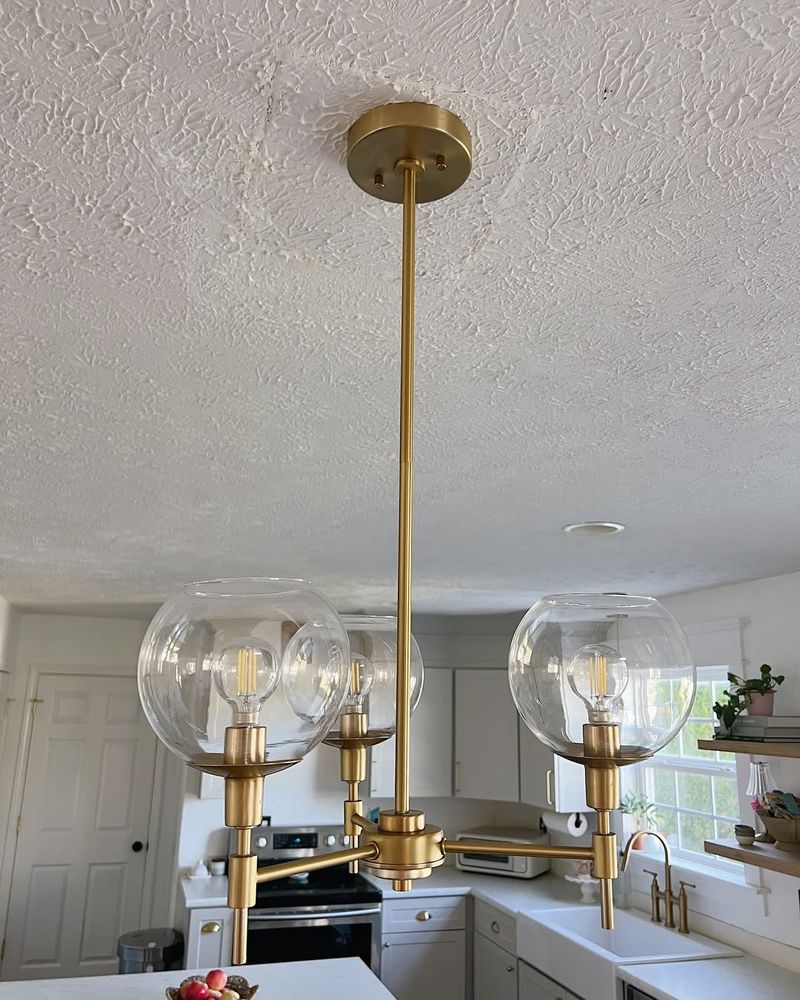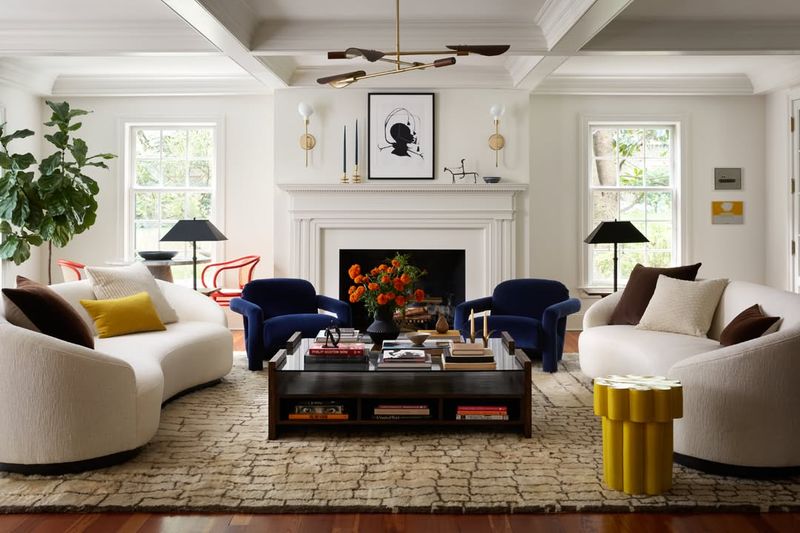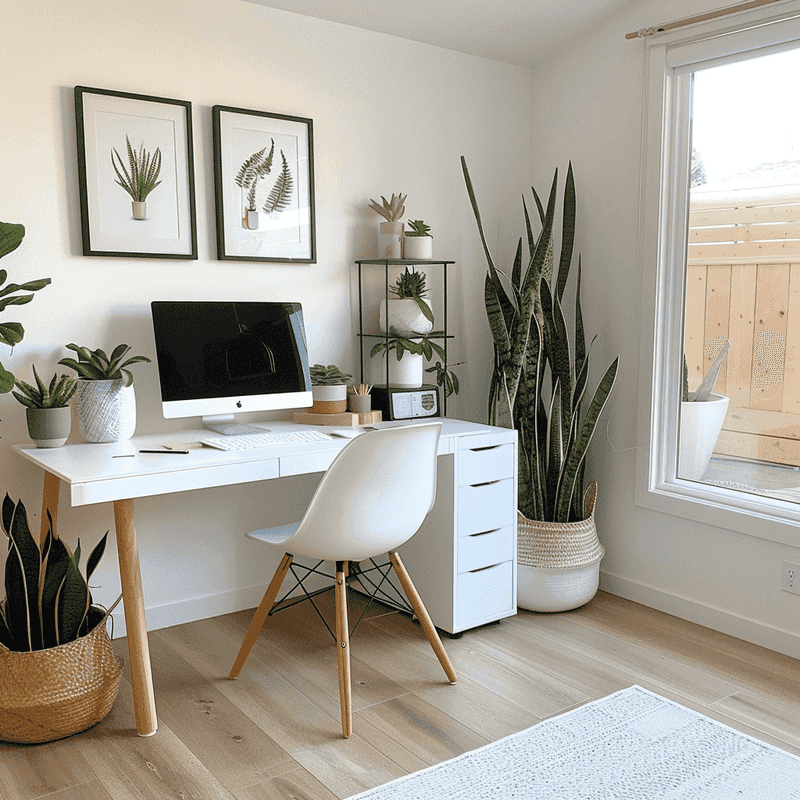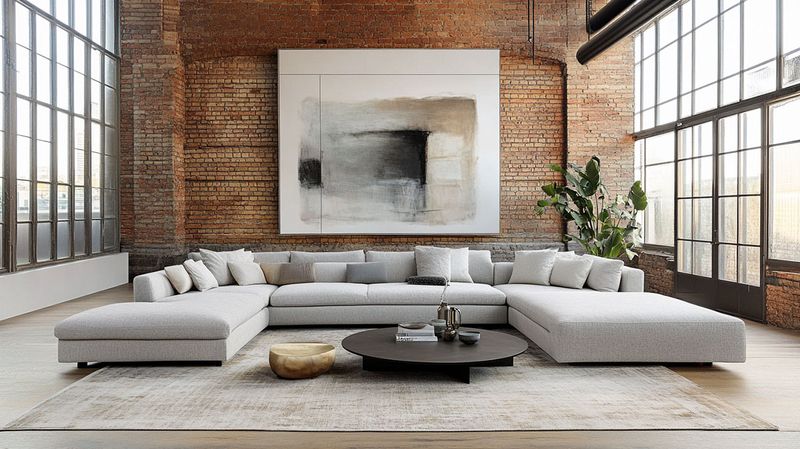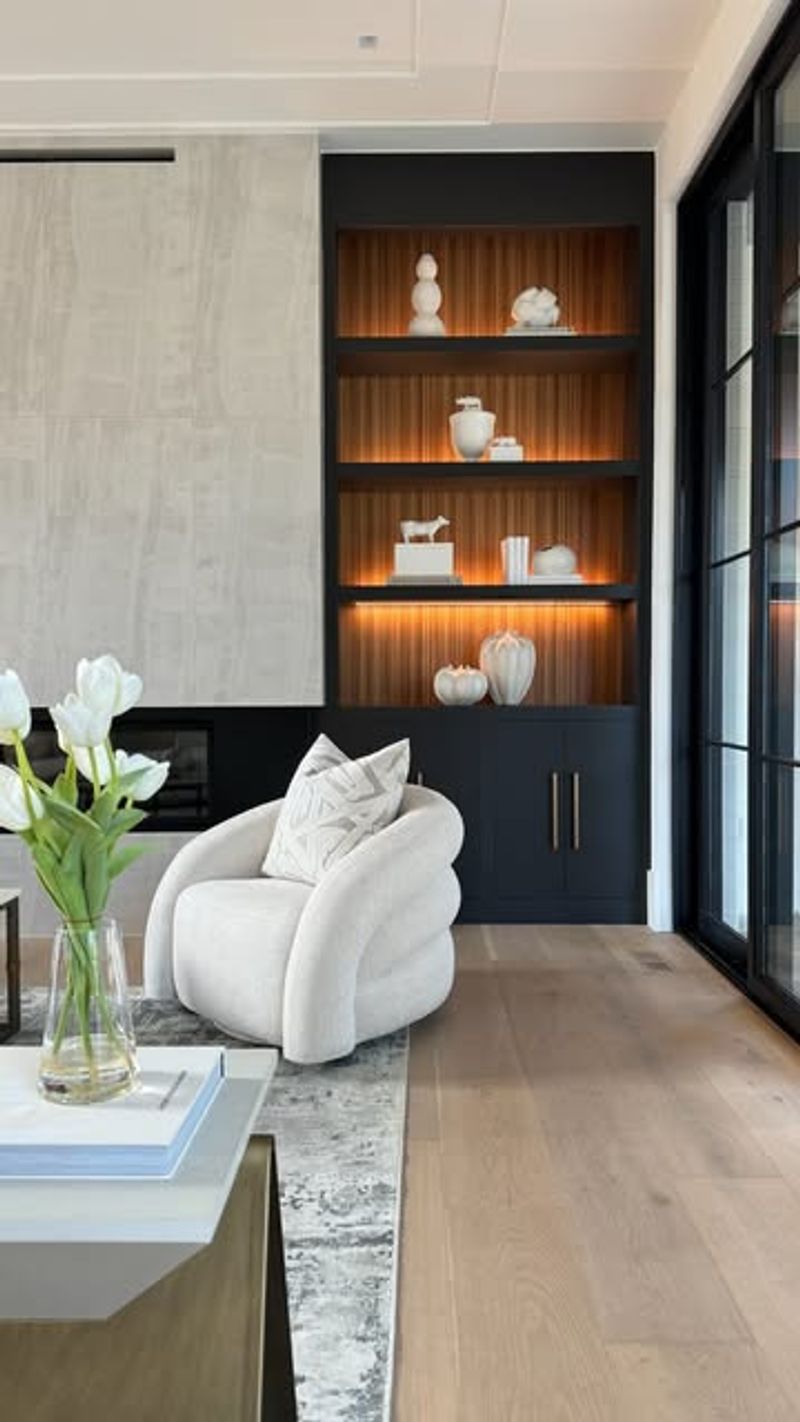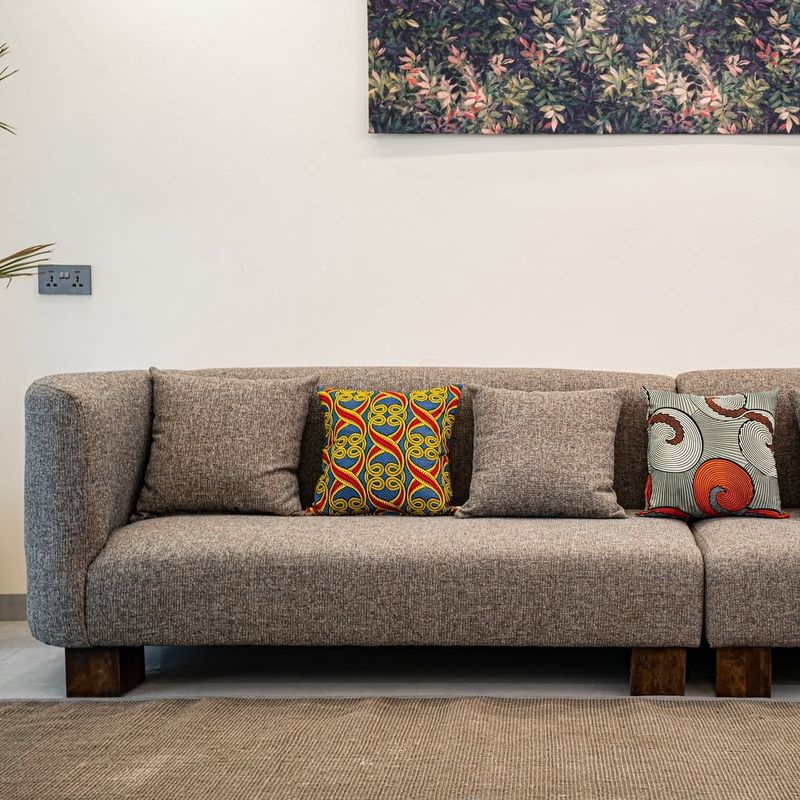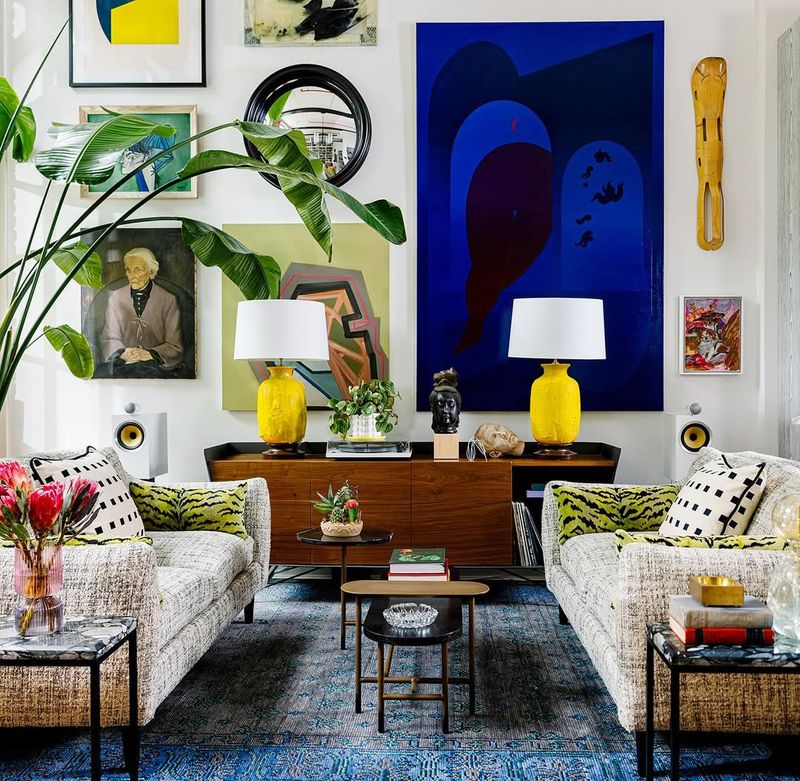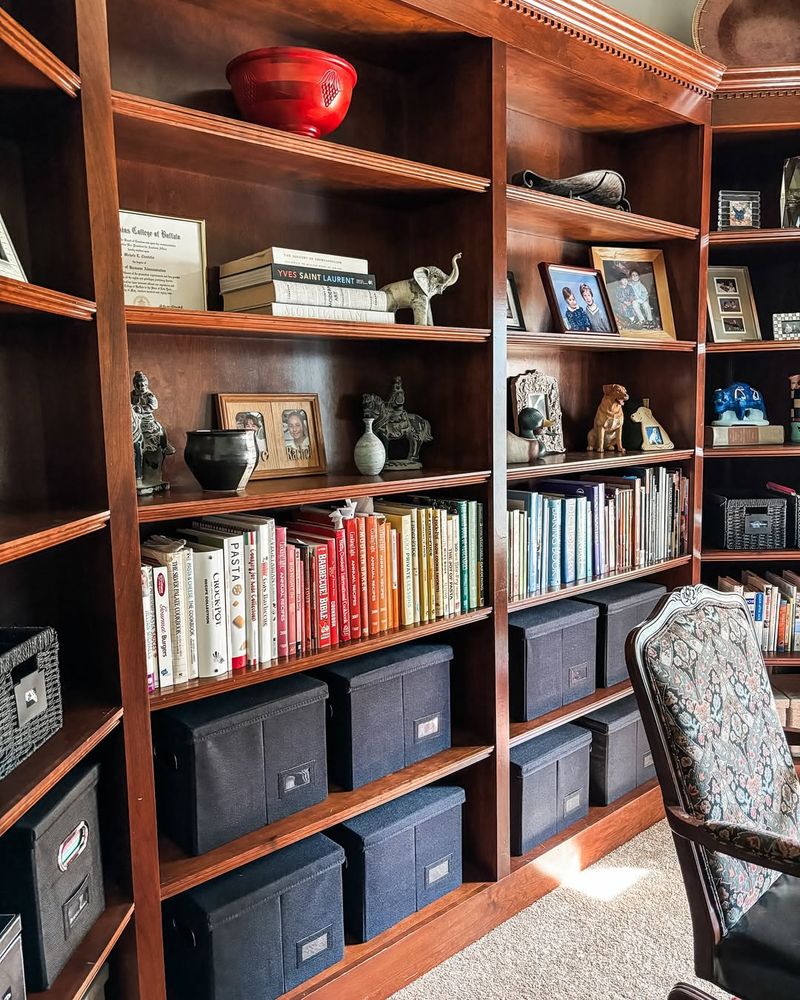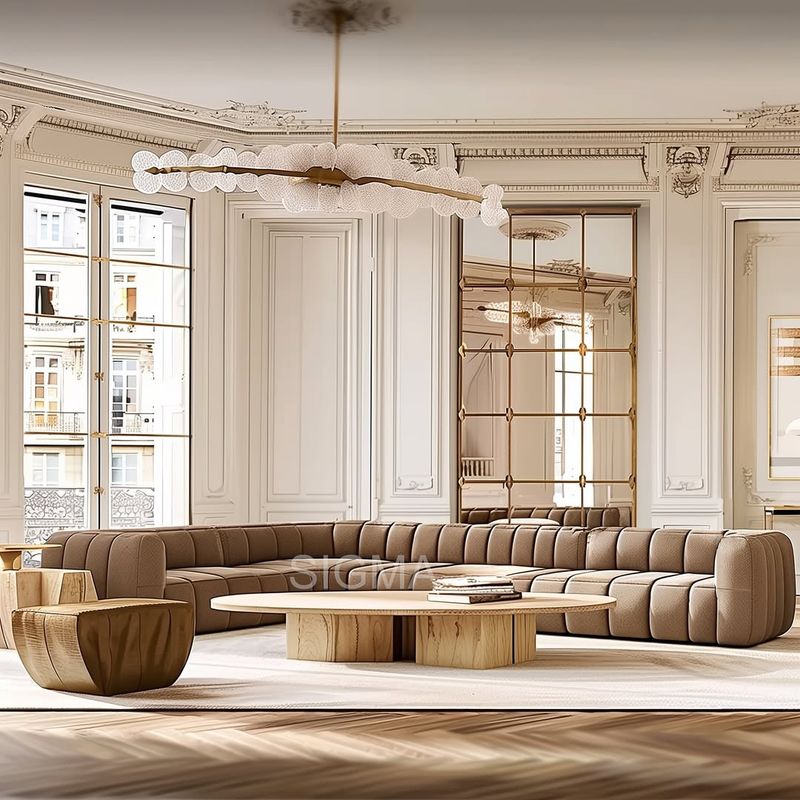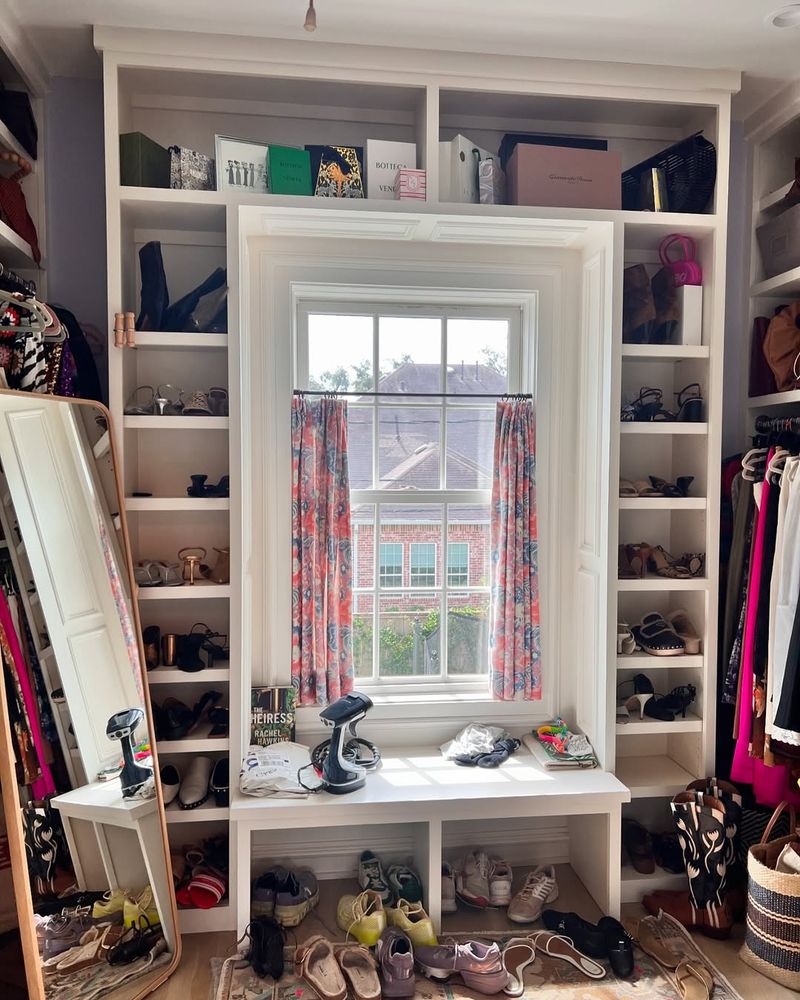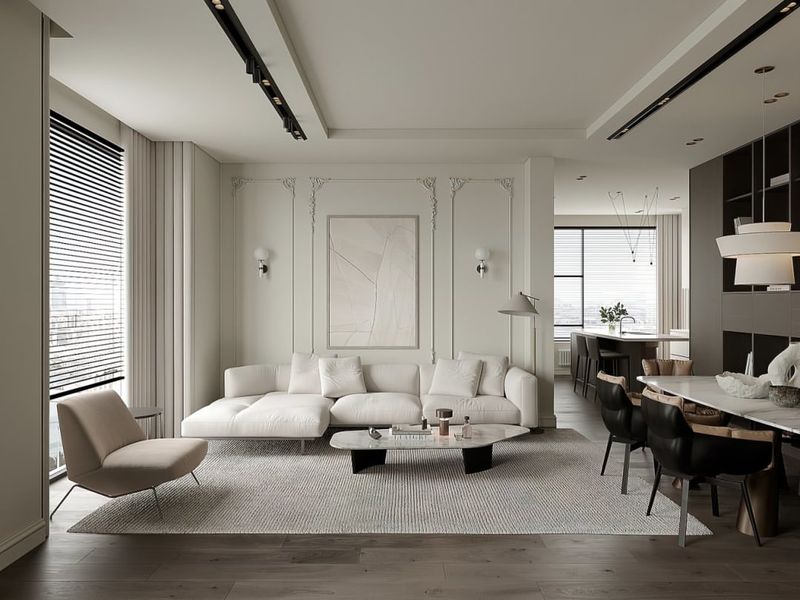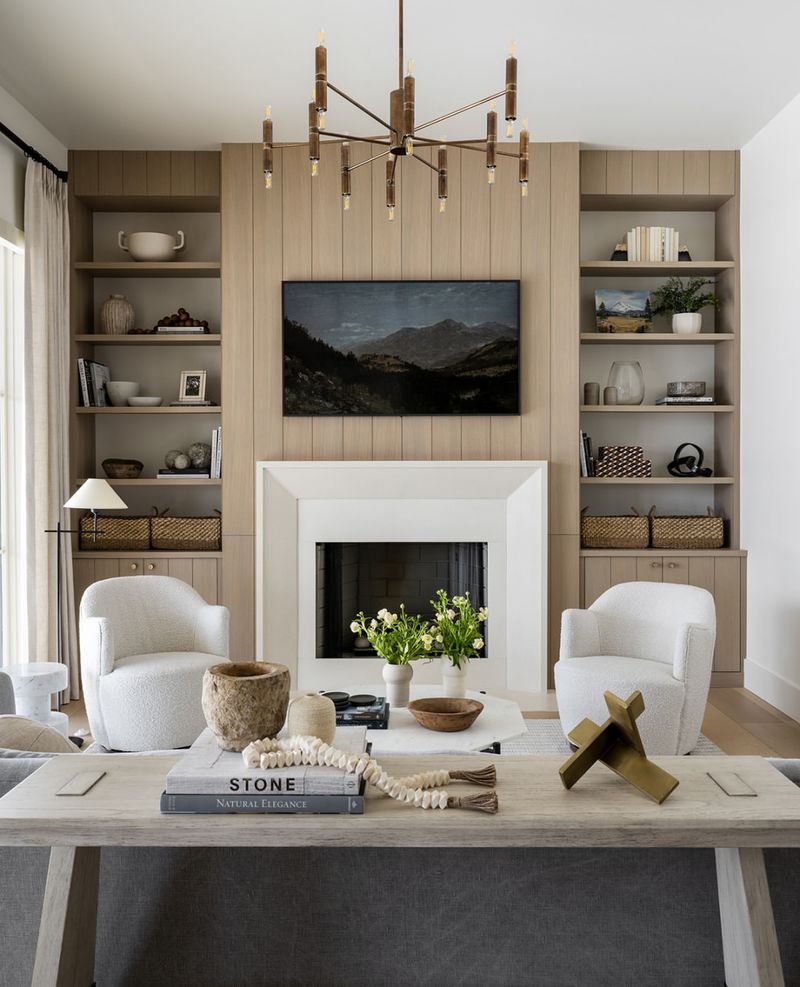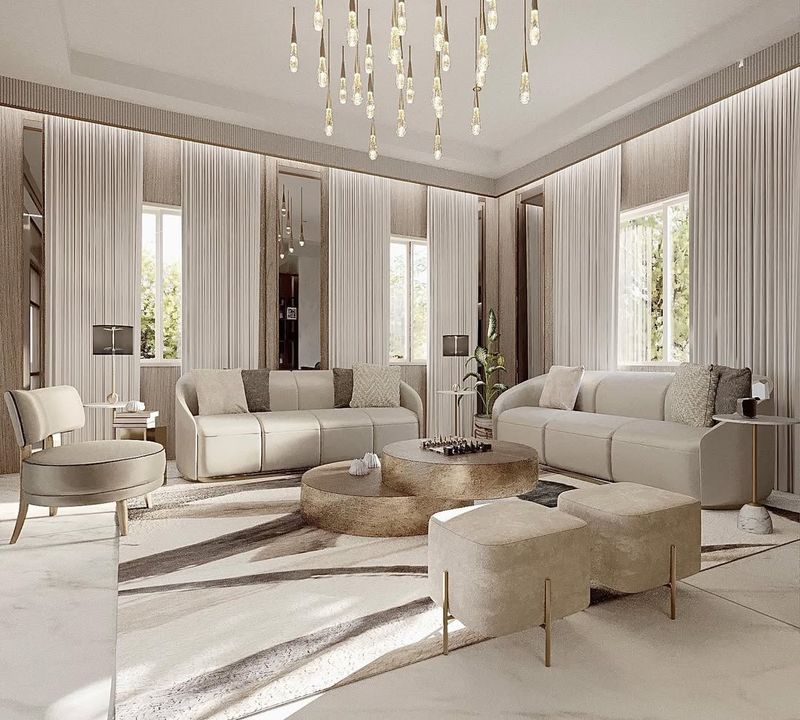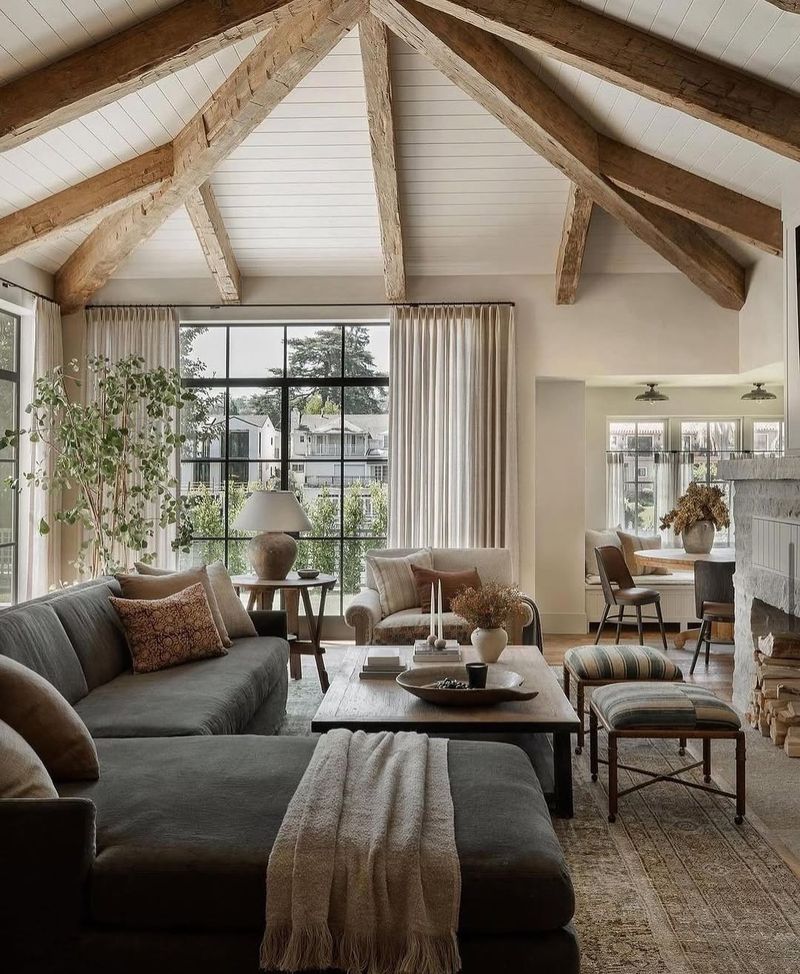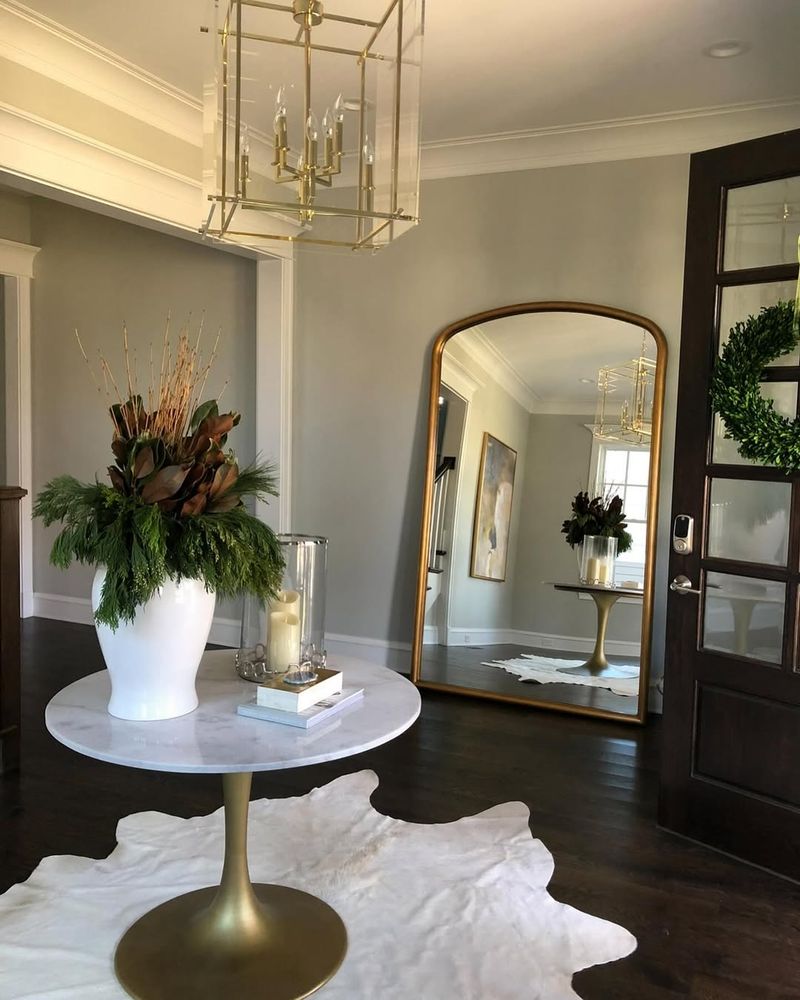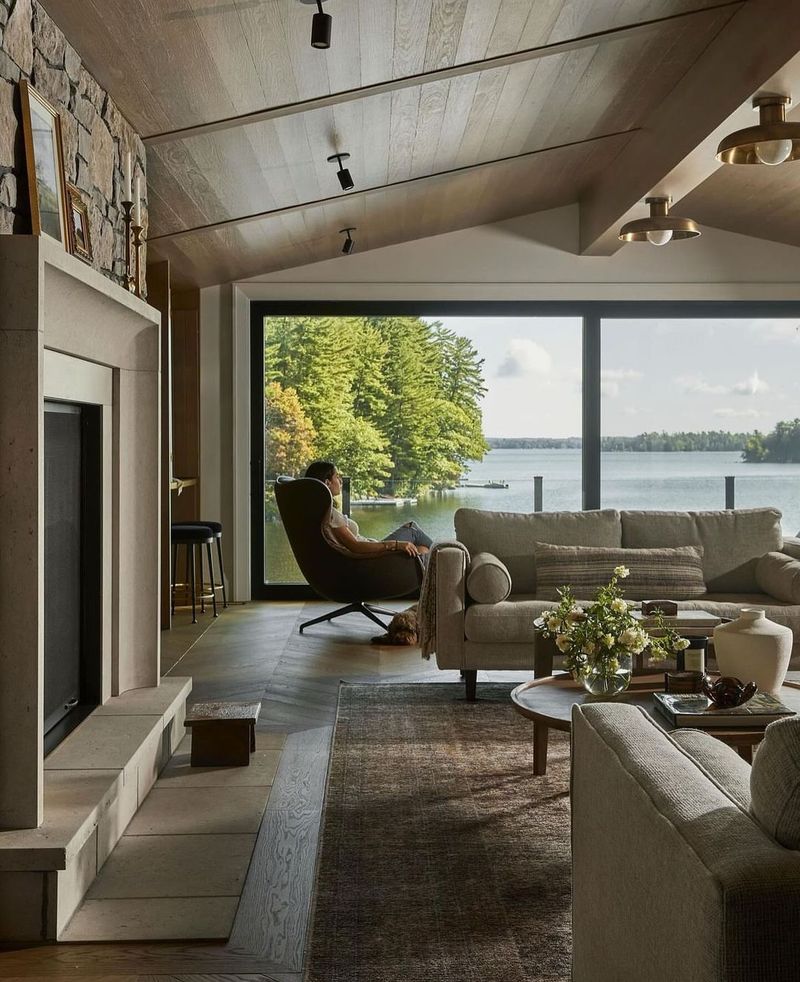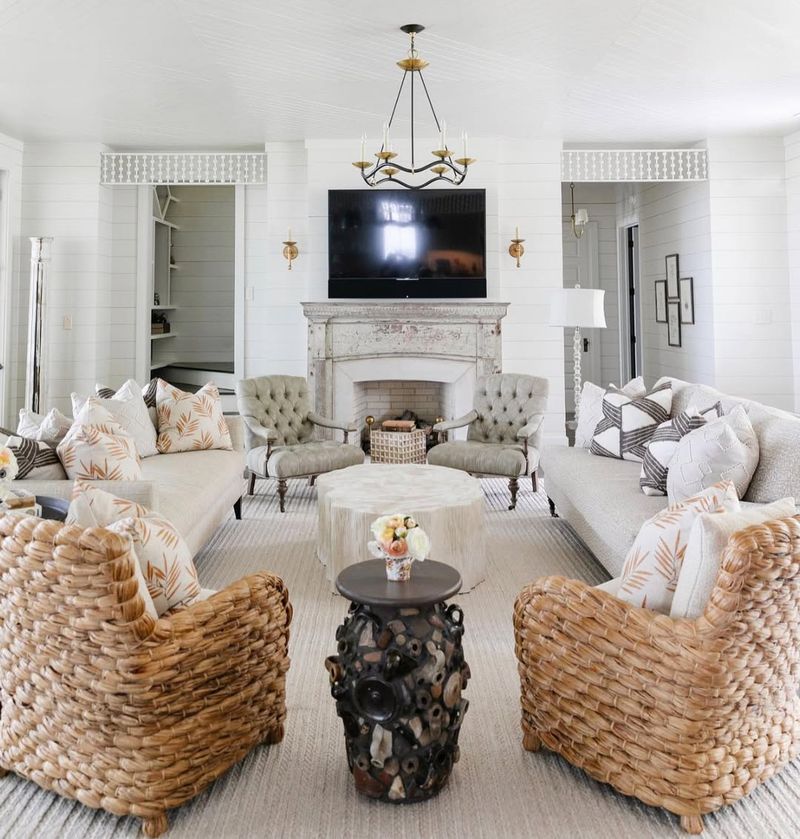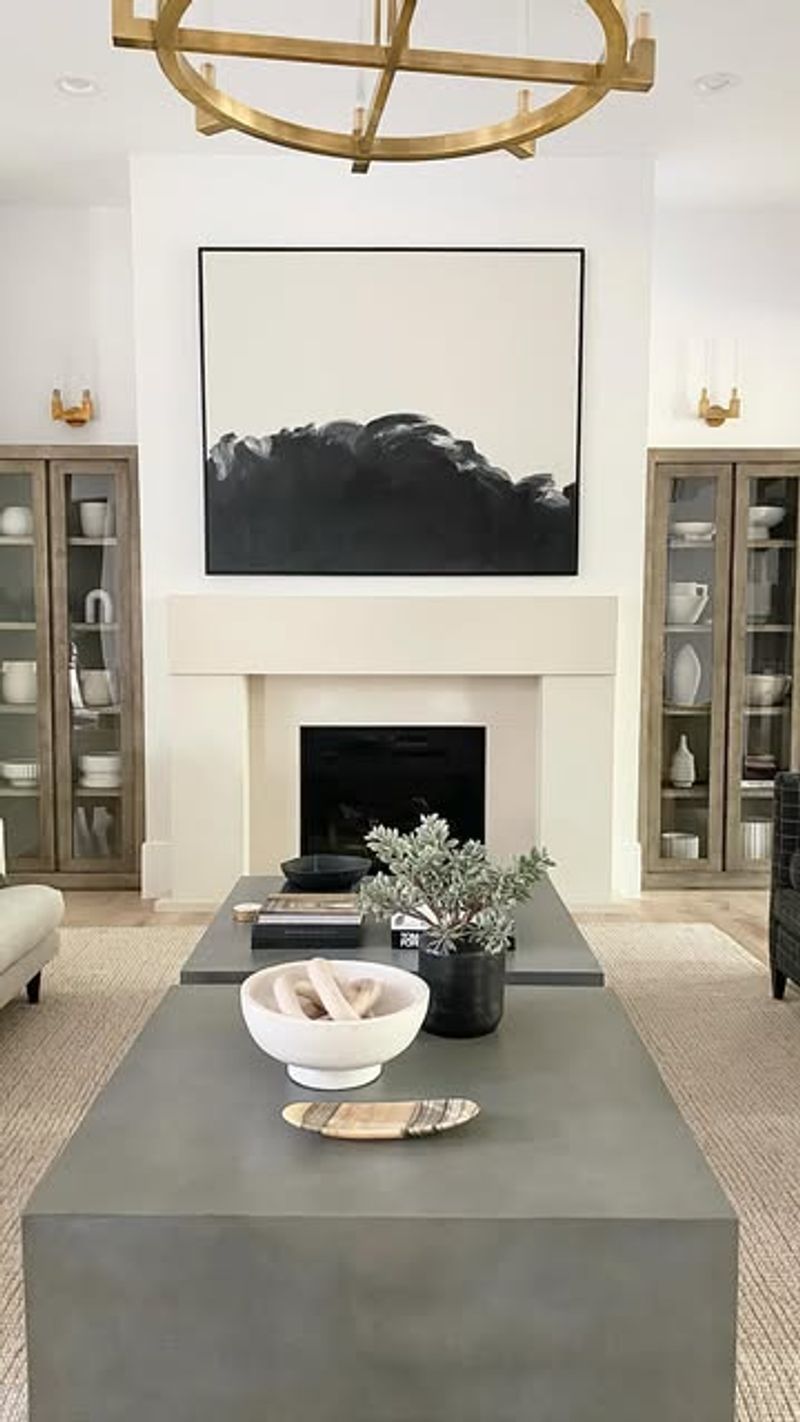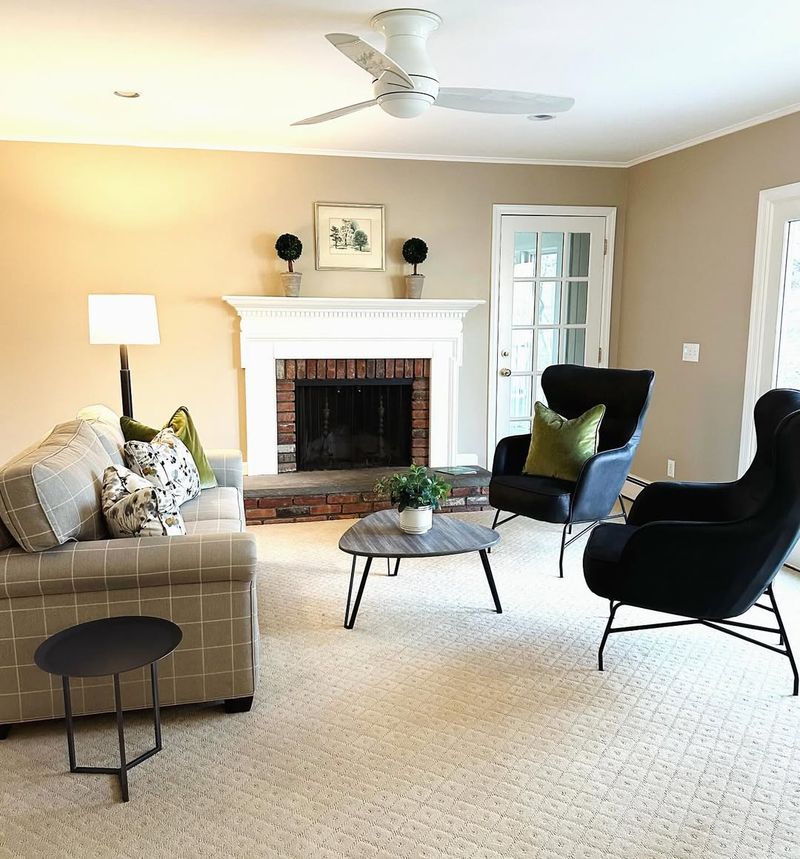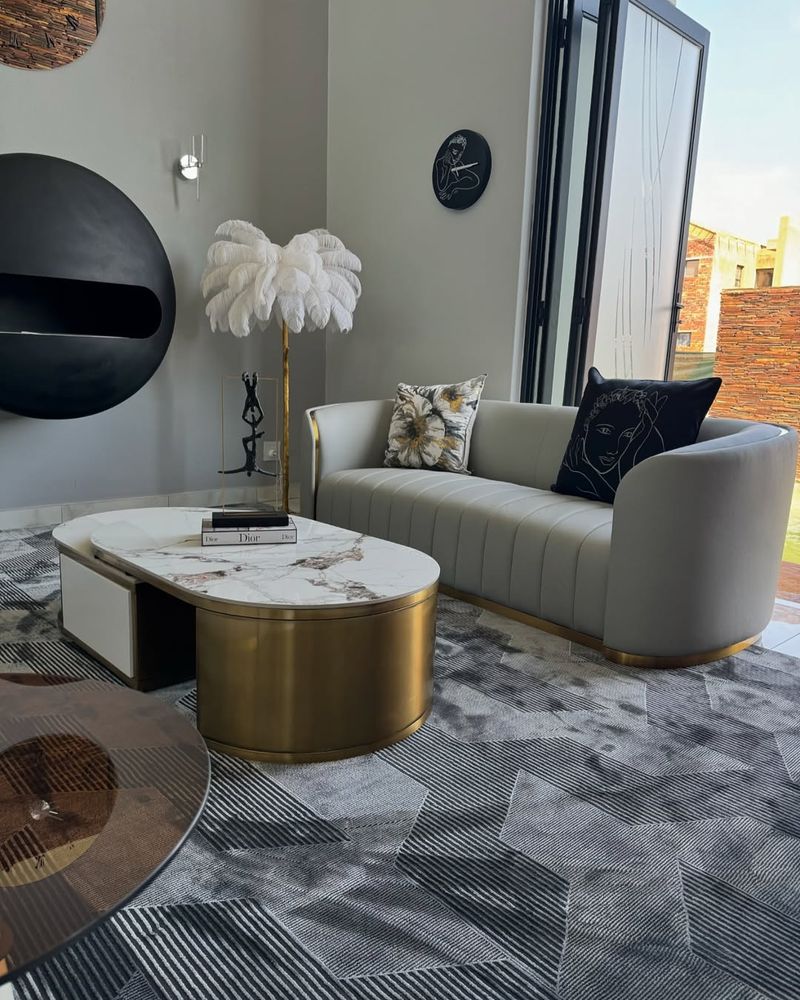Embarking on a minimalist decorating journey can feel liberating, unlocking space and simplicity. However, it’s a style that demands attention to detail. One might presume it’s merely about subtracting excess, but designers know the pitfalls hidden in plain sight.
Through this guide, I aim to walk you through these commonly overlooked mistakes, offering insight to enhance your minimalist space without losing its essence. Let’s navigate this landscape with a discerning eye, ensuring every choice serves both function and form.
1. Overlooking Functionality
If you’ve ever arranged your furniture solely based on aesthetics, observe how functionality often gets sidelined. In minimalism, every piece should serve a purpose. However, when style overshadows utility, rooms can become impractical.
Though it may seem trivial, selecting furniture that doesn’t cater to your daily needs disrupts the flow of space. Hence, focus on combining beauty and practicality. Designers stress testing layouts by considering traffic flow, seating comfort, and accessibility.
Ultimately, a minimalist space should enhance, not hinder, your lifestyle.
2. Ignoring Texture Variety
When focusing solely on sleek lines and monochrome palettes, it’s easy to overlook textural variety. Yet, textures add depth to any design, particularly minimalist.
Imagine a room filled with flat surfaces, appearing cold and uninviting. Incorporating varied textures like a plush rug or a woven throw invites warmth.
Therefore, don’t shy away from mixing materials such as wood, leather, and metal to create a tactile richness. Designers recognize that texture can translate simplicity into a more engaging experience.
3. Neglecting Personal Touches
Though minimalism champions simplicity, neglecting personal touches can render a space sterile. Including items that resonate with your story adds character.
Picture a room devoid of any personal artifacts, feeling like a showroom rather than a home. Personal touches, however small, make a space inviting and uniquely yours.
Incorporate cherished objects in a way that complements the minimalist aesthetic. Designers suggest curating a few meaningful pieces to maintain balance without cluttering.
4. Excessive White Walls
While white walls are a minimalist staple, excessively relying on them can make spaces feel stark. If not balanced with color or texture, rooms might appear too clinical.
Consider introducing subtle hues or accent walls to break the monotony of white. Colors like soft pastels or earthy tones can add warmth without overwhelming the minimalist look.
Designers advocate for thoughtful color integration to maintain tranquility while adding dimension. Your space should feel fresh, not sterile.
5. Poor Lighting Choices
Lighting plays a pivotal role in minimalism. However, relying solely on harsh overhead lights can diminish a room’s atmosphere.
Think about layering light sources: embrace natural light, alongside ambient and task lighting, to create varied moods. Without this, the space might feel flat and uninspired.
Designers emphasize using lighting to highlight textures and architectural features, transforming a minimalist space into a warm, inviting haven.
6. Overemphasis on Symmetry
Perfection often implies symmetry, but in minimalism, overemphasizing it can lead to predictability. Asymmetry, though subtle, can invigorate a room’s layout.
Consider how asymmetrical arrangements can guide the eye, adding interest without disrupting harmony. A gallery wall or furniture layout can benefit from this approach.
Designers argue for balance over symmetry, encouraging creativity and fluidity in design. This ensures a minimalist space remains lively and engaging.
7. Skipping Greenery
Despite minimalism’s streamlined appearance, skipping greenery can leave spaces feeling devoid of life. Plants introduce freshness and vibrancy, crucial for balance.
Reflect on how even a single plant can transform a room, adding a pop of color and a connection to nature. Conversely, a lack of greenery might make the environment feel static.
Designers recommend low-maintenance plants like succulents or ferns, ensuring they align with the minimal aesthetic while fostering a lively atmosphere.
8. Underestimating Proportions
In minimalism, proportion is paramount. Inadvertently choosing furniture or decor that dwarfs or crowds a space disrupts its harmony.
Imagine a small room overwhelmed by oversized pieces, or vast spaces cluttered with tiny elements. Proportionality ensures every item complements the whole.
Designers stress assessing room dimensions and scale before purchasing. This foresight ensures a cohesive look, where each piece enhances the space’s integrity.
9. Ignoring Negative Space
However tempting it is to fill every corner, ignoring negative space clashes with minimalism’s core principles. Negative space breathes life into design.
Consider how well-executed negative space provides balance, allowing decor elements to shine. Without it, rooms may feel cramped, defeating minimalism’s purpose.
Designers suggest mindful placement and restraint, ensuring that negative space enhances, rather than detracts from, the overall aesthetic.
10. Choosing Uncomfortable Furniture
Minimalism often sacrifices comfort for style, resulting in unwelcoming spaces. If furniture lacks comfort, even the most stylish setup becomes unsuitable for daily use.
Reflect on how uncomfortable chairs or rigid sofas might dissuade relaxation. Comfort should never be secondary to aesthetics.
Designers advocate for testing furniture before purchasing, ensuring it meets both comfort and design criteria. This way, your minimalist space remains inviting and functional.
11. Inconsistent Color Scheme
While minimalism typically involves a limited palette, inconsistency in color schemes can disrupt harmony. Even slight variations can clash within a minimalist setting.
Picture a room where mismatched shades inadvertently create discord. Consistency ensures tranquility, a hallmark of minimalism.
Designers recommend selecting a cohesive palette and sticking to it across all elements, from walls to décor, maintaining unity and calm.
12. Over-decluttering
While decluttering is central to minimalism, over-decluttering can strip away personality and functionality. Spaces shouldn’t feel barren.
Think about how eliminating too much can hinder productivity or comfort. Essentials should remain, ensuring the space works for you.
Designers advise a balanced approach, retaining necessary items while maintaining order. This ensures a minimalist space that’s practical and personal.
13. Forgetting Layers in Design
Layers aren’t exclusive to maximalism. Forgetting them in minimalism results in flat, uninspired spaces. Thoughtful layering adds depth and interest.
Contemplate how layered textiles, such as throws or curtains, enhance warmth and texture. Without them, designs may lack character.
Designers encourage subtle layering of materials, colors, and decor to create a sense of completeness. This elevates a minimalist space from stark to sophisticated.
14. Relying Solely on Trendy Pieces
Trends come and go, but relying solely on them can date a minimalist space quickly. Instead, blend timeless pieces with contemporary accents.
Visualize a room filled only with today’s trends; it risks appearing dated as styles evolve. Timeless elements ensure longevity and elegance.
Designers suggest investing in classic pieces that transcend seasons, supplemented by trendy items for freshness and flair. This balance maintains a modern yet enduring aesthetic.
15. Overlooking Storage Solutions
In minimalism, storage isn’t just functional; it’s vital for maintaining order. If overlooked, clutter can accumulate, undermining simplicity.
Consider how concealed storage solutions, like built-in cabinetry, preserve a clean look while accommodating essentials. Without them, spaces can quickly become chaotic.
Designers emphasize creative storage strategies that align with the minimalist ethos, ensuring your environment remains serene and organized.
16. Imbalanced Layout
Layout matters immensely in minimalism. An imbalanced arrangement can disrupt flow and comfort.
Picture a room where furniture placement hinders movement or conversation. Balance ensures accessibility and aesthetic appeal.
Designers recommend experimenting with layouts to find harmony. This often involves rearranging furniture to enhance both functionality and visual interest.
17. Misplaced Focal Points
A minimalist space without a proper focal point might lack direction. Misplaced or absent focal points can leave a room feeling aimless.
Think about how a striking art piece or a sculptural element draws attention and anchors the space. Without such features, designs risk becoming monotonous.
Designers stress identifying and highlighting focal points to guide the viewer’s eye and add interest. This practice enriches the minimalist experience.
18. Sticking to One Material
While uniformity embodies minimalism, sticking to a single material can result in dull designs. Incorporating diverse materials adds visual appeal.
Imagine a space dominated by a single material; it can feel monotonous. Variety, however subtle, enlivens the minimalist aesthetic.
Designers recommend blending materials such as wood, metal, and glass for texture and contrast. This approach creates a dynamic yet cohesive environment.
19. Ignoring Architectural Features
Architectural features often become afterthoughts in minimalist design, yet they offer unique character. Ignoring them might mean missing opportunities for individuality.
Reflect on how exposed beams or brick walls contribute texture and history to a space. Highlighting such elements adds richness without clutter.
Designers encourage embracing architectural features, incorporating them into the minimalist narrative. This celebrates the space’s inherent beauty and uniqueness.
20. Underutilizing Mirrors
Though mirrors are a known design hack, underutilizing them in minimalism can mean missed potential. Mirrors amplify light and create the illusion of space.
Visualize a small room that feels larger with a strategically placed mirror. Conversely, without them, spaces may seem confined.
Designers suggest incorporating mirrors thoughtfully to enhance both light and openness, vital for a vibrant minimalist space.
21. Neglecting Outdoor Views
If your minimalist space ignores outdoor views, it misses a vital link to nature. Views enhance tranquility and expand perceived space.
Consider how large windows or glass doors frame a garden or skyline, connecting interiors with the outside world. Neglecting this connection can feel isolating.
Designers advocate for maximizing views, ensuring they complement the minimalist ethos and enrich living experiences with natural beauty.
22. Overcomplicating Design Elements
Simplicity is minimalism’s core, yet overcomplicating elements can obscure it. Excessive details clutter rather than clarify.
Imagine a space burdened by ornate decor. Such intricacy can overwhelm rather than soothe. Simplicity should underscore elegance.
Designers argue for stripping designs back to their essence, focusing on quality over quantity. This ensures clarity and serenity in minimalist spaces.
23. Avoiding Art Altogether
In fear of clutter, some may avoid art, yet this can render spaces impersonal. Art infuses creativity and soul.
Picture bare walls that lack life; art transforms these into expressive canvases. Its presence adds depth and narrative.
Designers recommend selecting art that resonates, harmonizing with minimal elements. This cultivates an enriching, personal atmosphere.
24. Disregarding Acoustic Considerations
Minimalism’s clean surfaces can lead to echoing, affecting acoustics. Disregarding this can result in harsh soundscapes.
Think about how sound-absorbing materials, like rugs or curtains, soften acoustics. Without them, noise can disrupt peace.
Designers highlight the importance of considering sound dynamics, integrating solutions that preserve both serenity and style.
25. Compromising on Quality
Quality reigns supreme in minimalism; compromising can diminish the design. Inferior materials or craftsmanship detract from elegance.
Envision a space where subpar finishes undermine the aesthetic. Investing in quality ensures longevity and refinement.
Designers underscore choosing well-crafted pieces, emphasizing durability and beauty. This commitment to quality solidifies the minimalist space’s allure.

